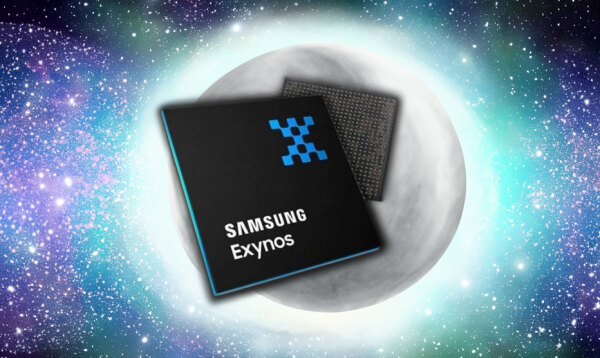8K as a video format is no longer a rarity in smartphones. However, the well-known manufacturers have only mastered  8K recording with 24 or 30 fps so far.
8K recording with 24 or 30 fps so far.
This seems to change with the next generation of smartphones, which will probably also eliminate the last format bastion against DSLMs and video cameras. Because 8K video recording with more than 60 fps is currently only found in exceptional cases, even in professional devices.
Samsung, by the way, just withdrew 8K recording with a higher data rate from its current flagships and bizarrely claims that this feature  only "mistakenly" slipped into the current models - and that it has therefore been removed again with the latest firmware updates. However, this was "only" about higher data rates, but not higher frame rates than 30p.
only "mistakenly" slipped into the current models - and that it has therefore been removed again with the latest firmware updates. However, this was "only" about higher data rates, but not higher frame rates than 30p.
For the next generation, however, there are increasing signs that 8K60p will be possible on some devices. Not only will the Snapdragon Gen 3 planned by many manufacturers support 8K60p, but the Exynos 2400 with AMD's graphics IP developed by Samsung in-house will also  according to current rumors, it will be able to handle 8K at 60 fps.
according to current rumors, it will be able to handle 8K at 60 fps.

If you now think that 8K60p doesn't make sense for your own projects, you can be taught that you can usually still trick out some dynamics by downsampling to 4K in post-production. In addition, 8K footage also provides plenty of "edge meat" for subsequent stabilization and/or cropping in post-production.
And while 60p may not be a useful final format for some filmmakers' video projects, the  extra frames in post-production can add important quality enhancement information.
extra frames in post-production can add important quality enhancement information.
And as far as computational videography is concerned, it should also benefit from higher internal frame rates in real-time processing on smartphones. Since there are now even 200MP sensors for smartphones, the resolution should also not be a problem and binning in the sensor should even ensure very clean color subsampling in the best case.

